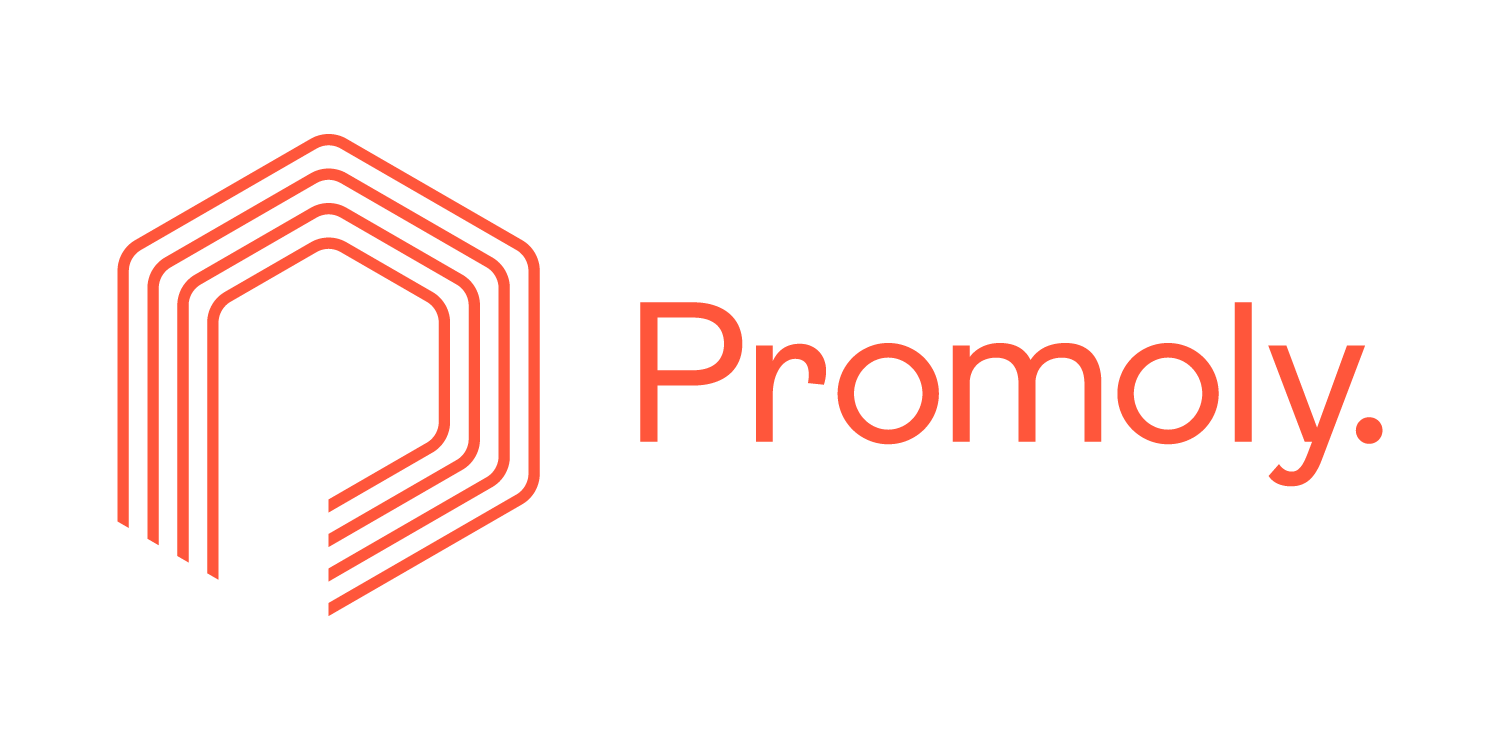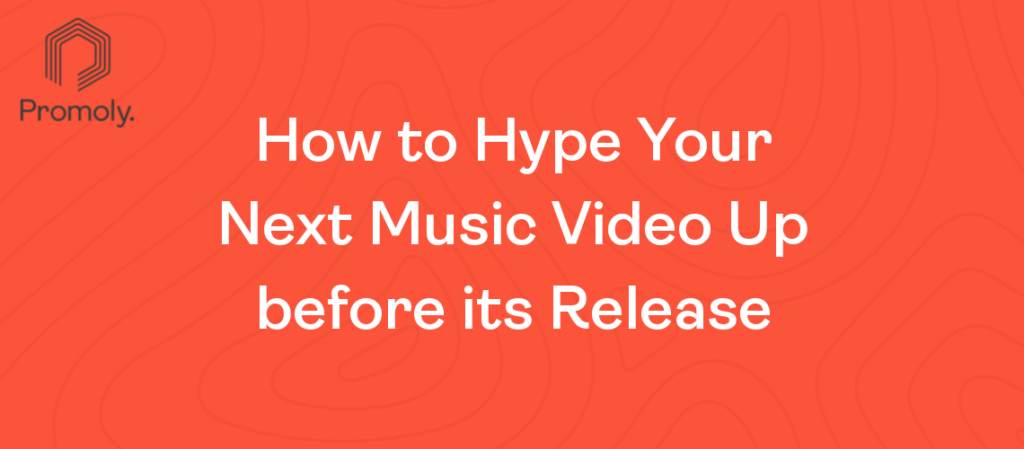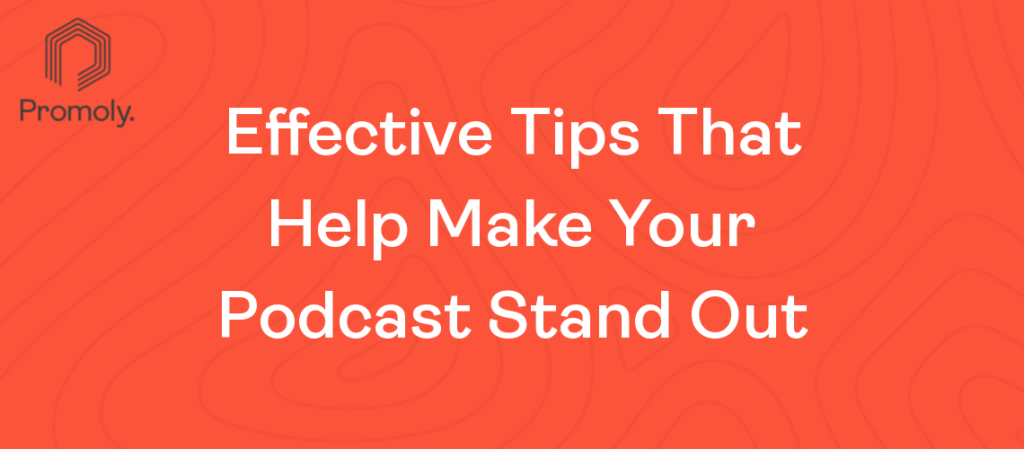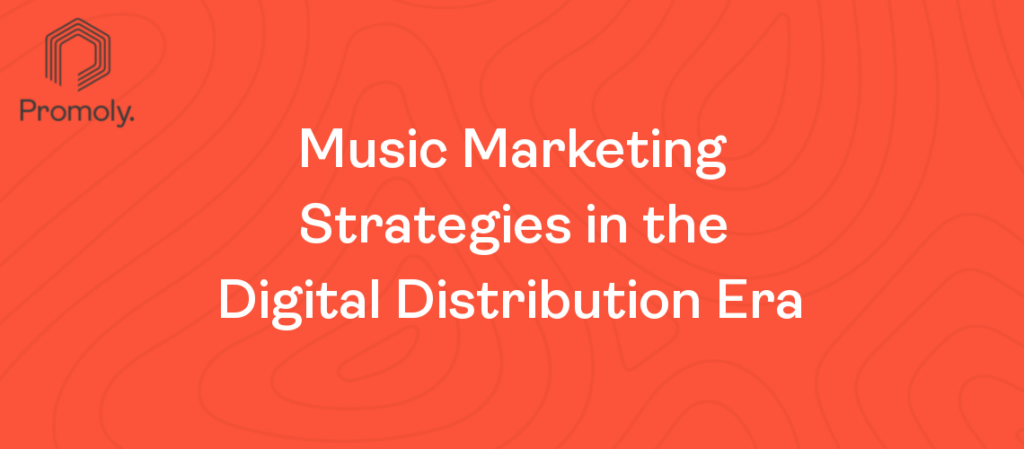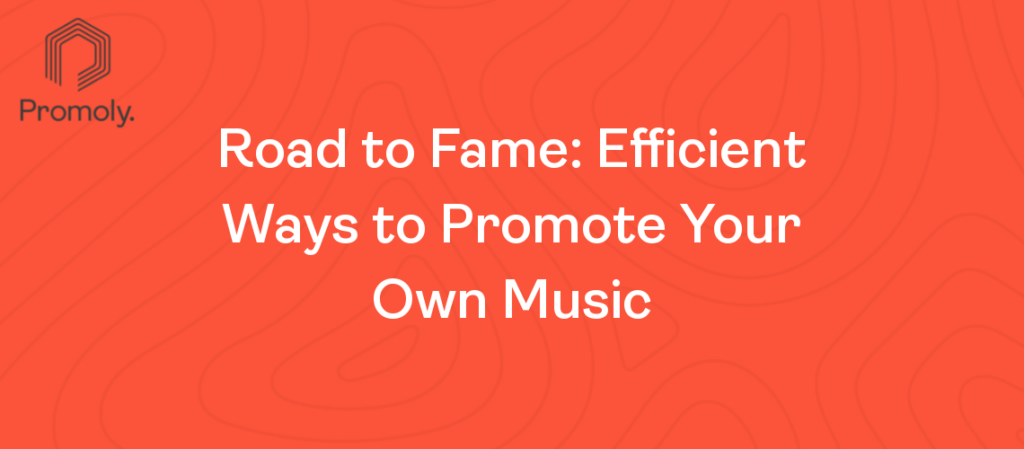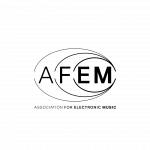If you’re a musician or band, and you want to book more gigs, get more exposure, and put yourself on the road to success, you should know what an EPK, meaning electronic press kit, is. So what is an EPK?
What is an Electronic Press Kit?
Essentially, an EPK is a document that you can put together to show who you or your music band is to the world.
Like a resume, cover letter, and portfolio all rolled into one and optimized for the needs of the music industry, an EPK helps you clearly and efficiently communicate what you are all about as a musician, making it a powerful tool in the process of hustling and working your way to the top.
You can send your EPK to promoters, music supervisor, managers, agents, venues, and pretty much anybody who might want to get to know you as an artist.
The bottom line is that a strong media kit will help you succeed in the music industry. Sound worth learning about? It is. That’s why this article is here to help tell you how to make an EPK.
What to Include in Your EPK
Though there is no one single, official and definitive EPK template that every single musician must use for their media kit, each press kit should generally include the following sections:
● Your music – As an artist, you already know that the most important thing about you is your music. That’s why it’s super important to include links to your work in your media kits.
● Promotional photos and/or promotional video of you and/or your band – There’s a reason why an EPK is called an electronic press kit; it’s supposed to include materials that can be used in the press to advertise the musician.
● Website and social media links – Including links to your website and social media will show interested parties where they can find more in-depth information about you. Social media is also an opportunity to show that you have an online and potentially in-person following – if you have one.
● Biography – This is your chance to tell your story as an artist. While you should have both a long and short biography prepared, your EPK can include the longer ones.
● Quotes – Here, you can include quotes and clippings from press and testimonials in which other people, like news publications and previous clients, sing your praises.
● Contact details – Your goal in creating a press kit is to get people to reach out to you, right? So don’t forget to include details about how they can do so. You could include a link to a contact form on the EPK – whatever you do, make it easy!
Now that you know the basics of what to include in your EPK, let’s get into the nitty-gritty about exactly what does and doesn’t go in each section.
Add Links to Your Music
Like I mentioned above, there is nothing more important about an artist than their music. In an ideal world, your work can do all of the talking, proving who you are, what you want to say, and your value as a musician.
Regardless of how interesting your biography is, what great venues you’ve played at, and how many millions of followers you have on Instagram, if your music isn’t good (like really good), agents and promoters aren’t going to be interested in you. That’s why your music should be front and center in your press kit.
While some artists will include a direct, free download to their music as part of their press kit, it’s totally fine just to include links to your music on YouTube, Spotify, Apple Music, or Soundcloud.
The important part is making sure that the recordings are of high quality and represent the best of what you have to offer. Choose songs that are recent and that you feel accurately show who you are as an artist. If you have a particular single or album that you’re trying to promote, make sure to emphasize that.
Include Photos and Videos
If your press kit does its job and successfully helps you book a gig or get an agent, they’ll want to have materials to use to promote you and put you on their roster with.
Help them out by having good, high-quality, high-resolution images that they can use in your EPK.
Selfies taken on an iPhone camera might be acceptable, just make sure they are not potato quality.
Maybe think about hiring a photographer to help you out. Ideally, choose somebody who knows what they are doing and who has worked with musicians before.
You’ll want a photographer who has the experience and can help you come up with creative ideas. These photos are going to represent you as an artist, so it’s worth investing in.
Don’t be tempted to ask your boyfriend who has a DSLR camera just to do it for a free hamburger.
If you can, try to do photoshoots in multiple locations and with multiple outfits so you can have options to choose from. Include images in your EPK that show who you are and that you’d want to see on a poster next to your name. Include these in .png format (it’s a better format for high res) in your press kit.
In addition to still images, videos are also important as a way to catch the eye of promoters and agents and visually tell your story in motion.
They’re a great tool because they can show you in action, performing live, offering a sense of your energy and personality as an artist and what you really have to offer.
You can also include music videos if you have any. Links to YouTube or Vimeo videos are just fine for your EPK.
Website and Social Links
In your press kit, you’ll want to include links to your website and social media. You might be wondering if a website link is really necessary, and what the difference between a website and an EPK is.
If you look at electronic press kit examples, you’ll see that they are concise and curated, which are two important qualities in catching attention without boring anybody. They are also made specifically for the audience of music industry pros.
On the other hand, your website can be longer, more detailed, and really get into telling your story. You should also keep in mind that it will be viewable by everybody on the internet, not just clients and managers.
You’ll also want your EPK to include links to your social media, like Instagram, Twitter, and Facebook.
The reality of the world we live in today is that agents and managers will be more interested in you if you’re popular online. But it’s not enough just to have lots of followers.
More importantly, you want to have good engagement, with an audience who actually likes and comments on your posts.
That’s why buying followers is absolutely not recommended. It’s also important that your social media profiles are active and up-to-date.
Also, there’s no point in sending a potential manager to your Instagram if your most recent post is a video of your band doing the Harlem Shake in 2013.
Don’t Forget Your Artist Biography
While most of your EPK will be audiovisual, your biography is the one longer, written section that you can use to really give context about yourself as an artist.
You can talk about who you are, your background in life and in music, what you’ve achieved, whether or not you’ve played at any notable venues or gotten any exciting press, who you’ve worked with, where you’ve recorded, and what your goal is as an artist.
This is your opportunity to really sell yourself and convince your readers that they want to work with you. If writing isn’t your strong suit, it can even be a good idea to have your bio looked over by a professional editor to make sure everything sounds good.
And, of course, it should be professional, with no grammar errors or typos.
Press Clips
There’s no better way to prove your legitimacy as an artist than to show that you’ve been written up in respected, well-known publications.
That’s why your press pack should include any good mentions you’ve had in the press. Whether it was a review of an album or a live show, it’s worth including. Just make sure not to put in anything that isn’t obviously, glowingly positive.
If Rolling Stone or Pitchfork wrote about you, but it was all critical, it might be best to leave that out of your EPK. But hey, all press is good press?
If you’re a newer artist and you haven’t been mentioned in any press yet, you can also include testimonial quotes from people you’ve worked with.
If you have any really impressed fans, clients, or people in the industry you’ve collaborated with, go ahead and ask them if they are willing to write you a review.
For example, if your band has opened up for somebody who is well-respected and/or well-known, see if you can get them to write you a quick one-liner that you can include in your EPK. It will give your press kit some serious clout.
Give Your Contact Details
Finally, you want to make sure to include contact details and a nice reminder to the reader of the EPK to reach out to you. Otherwise, you’ll just be wasting your and their time.
Seriously: don’t send out an EPK without contact details! (You probably think I’m stating the obvious, but you’d be amazed at the amount of music I’ve received without any contact details whatsoever!)
You can include the names and contact information of each band member, agent, and manager you’re working with, but make sure to specify which one (or two at most) contact is the main point of communication.
Also, this information must be up-to-date, so make sure to update your EPK in the case of a change in phone number, email, or management.
Press Kits: PDF, HTML, or Both?
Let’s talk a bit about EPK formatting.
There are several ways to go when it comes to formatting your press kit and putting it all together.
Perhaps the simplest option is just to create a PDF with live links. These are easy to edit and you’ll be able to have total control over the format and design, knowing exactly what it will look like when it is opened by promoters and potential agents.
If you’re not interested in dealing with editing a PDF, you can choose from a variety of EPK creation providers, which are essentially online EPK-building tools that allow you to easily build an HTML-based electronic press kit.
With these, you’ll have a bit less control over the design, as they more or less function as a media kit template with fill-in-the-blank and drag-and-drop functionality.
However, it’s possible that you are less design-savvy and an online press kit template is exactly what you are looking for, which makes this a good option for you.
EPK Examples
Chances are, if you are planning to put together an electronic press kit, you’ll want to look over some EPK examples to see what other people are doing and answer any common questions that you’ve had from the beginning like “how long should a press release be?” and even “what is a press kit and what does it look like?”.
When looking at media kit examples, you’ll be able to gather inspiration, note what elements you like and dislike, and make sure that the press kit you’re creating doesn’t look like something super weird the music industry has never seen before – unless that’s the vibe you’re going for.
Here are a few EPK examples that you can look over to help yourself answer some of these questions.



And there you have it! All you need to know to make a kick-ass electronic press kit.
Now get out there and, well, get yourself out there. We can’t wait to see you on MTV soon.
